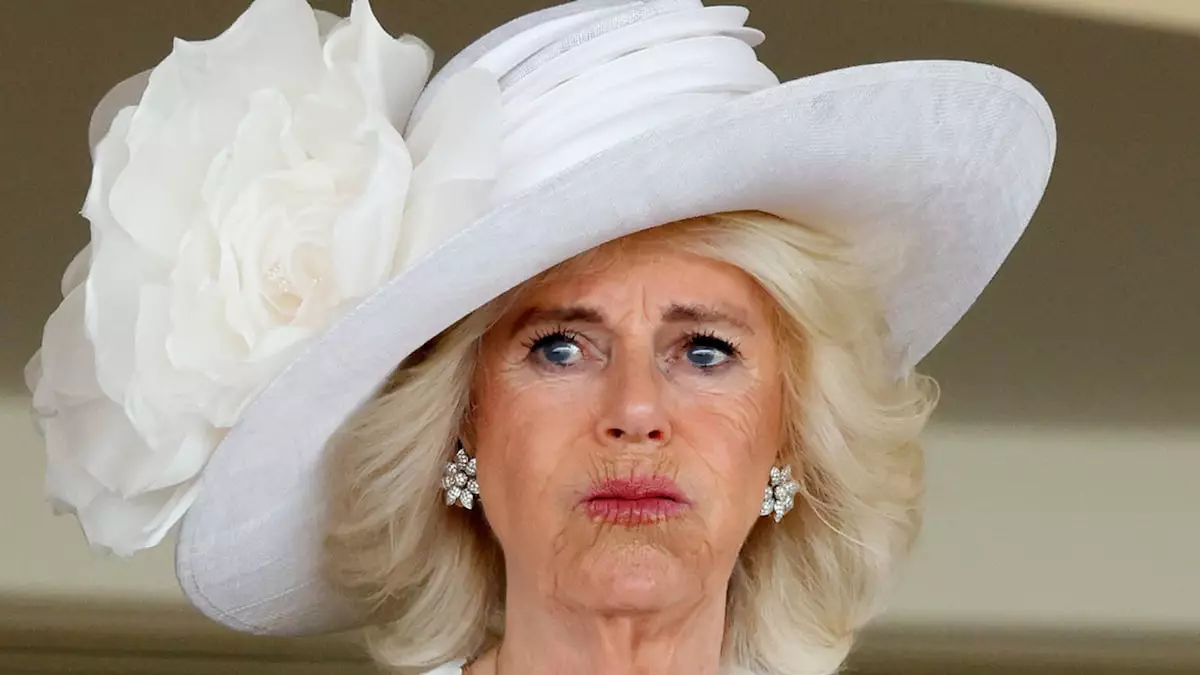This year marks a significant milestone for King Charles and Queen Camilla as they celebrate 20 years of marriage. Throughout their relationship, a shared appreciation for various activities has definitely contributed to their bond. Recently, Tom Parker-Bowles, son of Queen Camilla, shed some light on their marital dynamics in an illuminating interview. It became evident that their shared interests, particularly in walking, serve as a foundation for their relationship. Camilla’s affinity for walking aligns seamlessly with Charles’s passion for the outdoors, reinforcing the vitality and health-conscious approach the couple shares, which is furthered by their regular health retreats in tranquil locations like India.
Despite their numerous shared hobbies, the royal couple unmistakably diverges when it comes to skiing—an activity that has become synonymous with royal leisure among other members of the royal family. Tom Parker-Bowles revealed a striking point in his interview that emphasizes this difference; while many royals enthusiastically partake in skiing, Camilla has a strong aversion to the sport. He recounted an amusing anecdote, stating that during family skiing trips, Camilla would prefer to avoid the slopes. Instead, she would kindly send her children up the mountain while she opted for a more sedentary experience, nestled comfortably with a book.
This nuanced perspective exposes an interesting facet of her personality, distinctly setting her apart from other royal women, such as the Duchess of Cambridge and the Duchess of Edinburgh, who have wholeheartedly embraced the skiing culture that permeates royal family gatherings and traditions. Intriguingly, this divide within the family may lead to questions about individual preferences that remain incompatible with the expectations of royal life.
The affinity for skiing within the royal family has historical roots that can be traced back to previous generations. King Charles and his siblings, along with spouses like Sarah Ferguson and Sophie, Duchess of Edinburgh, often spent their youth engaging in snow sports. In fact, Sarah Ferguson famously took on various roles, including working as a chalet maid, showcasing an early commitment to the sport. Throughout the years, royal skiing holidays became a well-documented tradition, often featuring Princess Diana, who, despite her inconsistent skills, was frequently seen navigating the slopes.
The juxtaposition of Camilla’s preferences against this backdrop creates an insightful commentary not only on individual autonomy but also on the integration of different lifestyles within a traditional family structure. The rich history of skiing and bonding over winter sports has evidently shaped the royal narrative, contrasting sharply with Camilla’s resistance to the sport.
While the television cameras expose various snow-dusted escapades, it is vital to note that enjoyment does not solely hinge on skiing. Camilla’s published dislike for the sport reveals an alternate understanding of leisure activities. It offers a rare glimpse into lifestyle choices made by royals—choices that often reflect personal happiness over social expectation. Here, one might draw a comparison to Meghan Markle, who despite not openly expressing disdain for skiing, shares a disinclination toward the sport relative to her husband Prince Harry, who has cherished snowy retreats in the past.
Harry’s reflections on skiing with an ex-girlfriend add layers of complexity to this royal discussion, illustrating how this seemingly innocuous activity can intertwine with personal milestones, relationships, and revelations. The contrast between Harry’s fond recollections and Camilla’s reluctance showcases the diverse meanings associated with skiing within the royal context.
The distinct preferences of King Charles and Queen Camilla add refreshing layers to their relationship narrative. While the shared love for certain activities, such as walking, strengthens their bond, the divide over skiing illuminates the beauty of individual choice within the rigid framework of royal traditions. As the couple celebrates 20 years of marriage, it becomes increasingly apparent that love and partnership are defined not just by similarities, but also by the acceptance of differences that allow each partner to flourish authentically.

